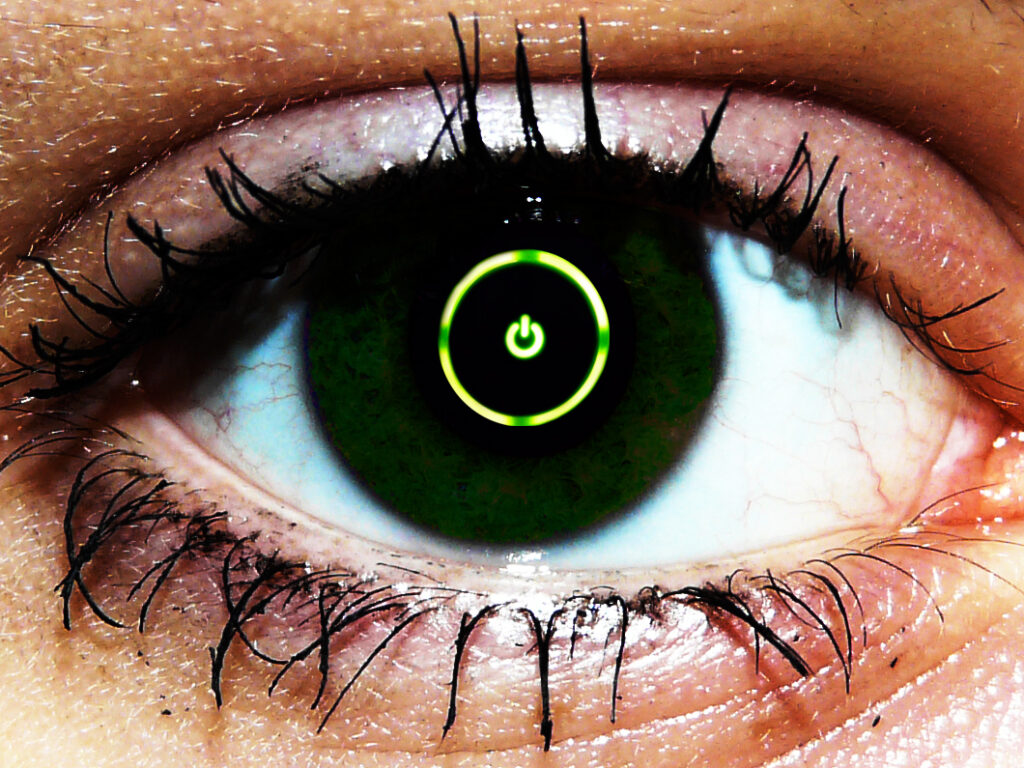HR professionals wanting to ensure that employees behave themselves could do worse than hang a poster of a staring human face on the wall.
A research paper, published online this week in the American journal ‘Evolution and Human Behavior’, revealed that sticking a poster of a face on the wall of a cafe made people twice as likely to clean their plates and clear rubbish away after finishing their meal than a poster of flowers.
In a previous study in 2006, the same scientists looked at the impact of images of eyes on contributions to an honesty box in a tearoom. It found that people were nearly three times more likely to put money in the box under the scrutiny of a poster’s eyes than if they saw flowers.
This second follow-up piece of research was led by Dr Melissa Bateson and Dr Daniel Nettle from Newcastle University’s Centre for Behaviour and Evolution after psychology student Max Ernest-Jones wanted to explore whether the honesty box findings would extend to other forms of cooperation.
Bateson said: “We think that the images of eyes work by making people feel watched. We care what other people think about us and, hence, we behave better when we feel we are being observed.”
The impact of the posters was much greater at times when the cafe was quiet, however, which made sense because the effect of being watched tended to be swamped during busy times, she added.
The study, which is based on the theory of ‘nudge psychology’, could have implications for the fight against anti-social behaviour, Bateson believes. Nudge psychology suggests that people may behave better if they are not forced into a particular course of action in any given situation. Instead, they may respond positively if the best option is highlighted, but all other options are left open.
“This study confirms that the display of images of eyes has broad potential as a ‘nudge’, not just because eyes grab attention, but because of more fundamental connections between the feeling of being watched and cooperative behaviour. Even painting a pair of eyes on a wall may be useful for preventing anti-social behaviour in quiet locations,” Bateson said.
There was also the possibility that, if CCTV camera signs used pictures of eyes instead of cameras, they could be more effective, she added.








